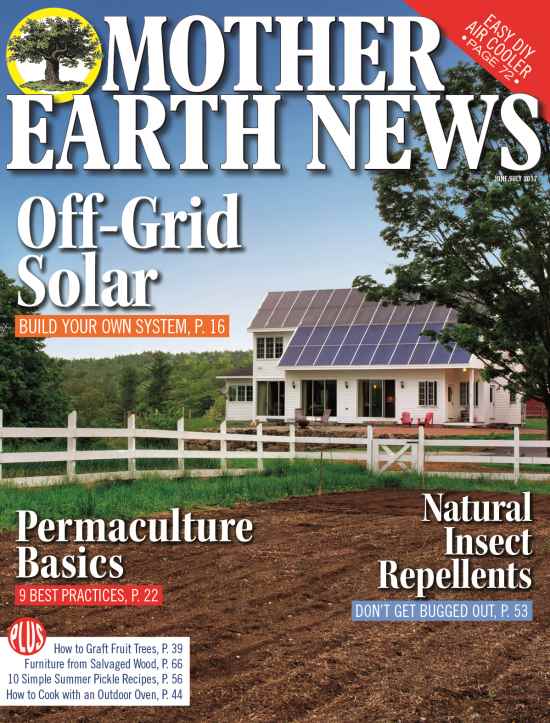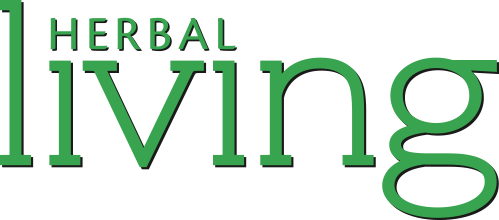The worldwide demand for seafood is growing faster than our oceans can safely support. Nearly 90 percent of the world’s fish stocks are fully exploited, over-exploited or completed depleted. Because of this, more than 1,000 species of fish have become endangered.
If sourced properly, seafood is one of the most sustainable proteins on the planet. By choosing to eat from sustainable sources, you can reduce the demand on wild fisheries and allow fish populations to grow.
What is Sustainable Seafood?
The demand for seafood has been on the rise for decades, with fish accounting for 17 percent of all animal protein consumed worldwide. If seafood is part of your meal routine, it’s important to know where your food is coming from.
Sustainable seafood is caught or farmed with minimal impact on the population or environment. The goal is to allow fish populations to regrow while developing efficient new practices.
Many localities have already imposed new regulations which require sustainable fishing. One example is Maine, which heavily controls the number of lobster fishing licenses and has limited the number of traps to 800 per harvester.
For wild caught fish, a sustainable harvest involves limited by-catch, meaning less non-target fish caught and endangered species being harmed. Sustainable fishing methods will also cut down on damage caused to underwater habitats.
Fish farmers, on the other hand, use enclosed tanks for breeding and raising fish, which has a low impact on the species population. These tanks also incorporate recycling systems, which produce harmful effects on the environment.
Wild Versus Farmed Seafood
Farmed fish have a lot of benefits beyond a tasty dinner. Farmed fish take the pressure off wild fisheries, decreasing demand and allowing natural fish populations to recover. This also provides a sustainable alternative to land-based proteins, which also take a toll on our environment.
Some of the most popular seafood in the United States is farmed, including
- Shrimp
- Clams
- Salmon
- Sea Bass
- Trout
By farming fish, crustaceans and other seafood, fishers can create a sustainable food source that prevents the endangerment of hundreds of species.
With the right practices, wild-caught fish can also be sustainable. Many wild-caught fisheries focus on catching species which are abundant and resilient to fishing demands. They also don’t over-fish, rotating between multiple spots to prevent damage to populations and the aquatic habitats.
Some of the most common wild-caught seafood includes:
- Tuna
- Walleye
- Sardines
- Squid
- Crab
Since fish in the wild eat a natural diet, they tend to be lower in saturated fat than farm-raised fish. Wild-caught seafood is typically higher in price, though you can find more budget-friendly options in the frozen aisle.
What Can You Do?
Whether you’re a fisher, consumer or seafood lover, you can take steps to ensure your food is sourced sustainably.
Check the Origin
When purchasing seafood, check the origin, as certain countries are known for unsafe and unsustainable fishing practices. Look at the Country of Origin Labeling (COOL), which is required on all seafood in the U.S. Keep in mind some packaging will have two labels, one for where the food was caught and one for where it was packaged.
Buy Local
When you buy from your local fishery, you know exactly where your food came from and who caught it. With a small-scale business, you can learn how the food was caught as well. Most local fishers use low-impact practices that won’t harm fish populations, including hook and line methods and laying traps.
Diversify Your Meals
People tend to eat the same things again and again. Habits are comforting, but they can also harm our environment. Take less demand off popular species like shrimp and tilapia and instead choose the underappreciated kinds of seafood, such as redfish, pollock and dogfish.
Be Vigilant
Every restaurant and food retailer will have different standards for how they source and store seafood. Beware of warning signs, such as food that’s out-of-date or rotten. Many retailers have stepped up to the challenge to ensure they’re only offering safe and sustainable seafood.
Choosing Sustainable Seafood
By choosing and eating sustainable seafood, you can endorse better practices while also taking the pressure off fisheries which exploit fish. Be aware of the food you eat, including where it comes from and how it was sourced. And remember, just because laws and regulations exist does not mean all businesses are following them.










